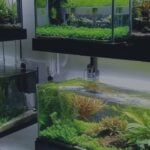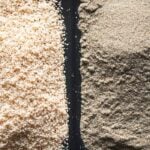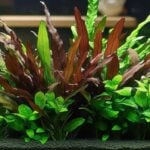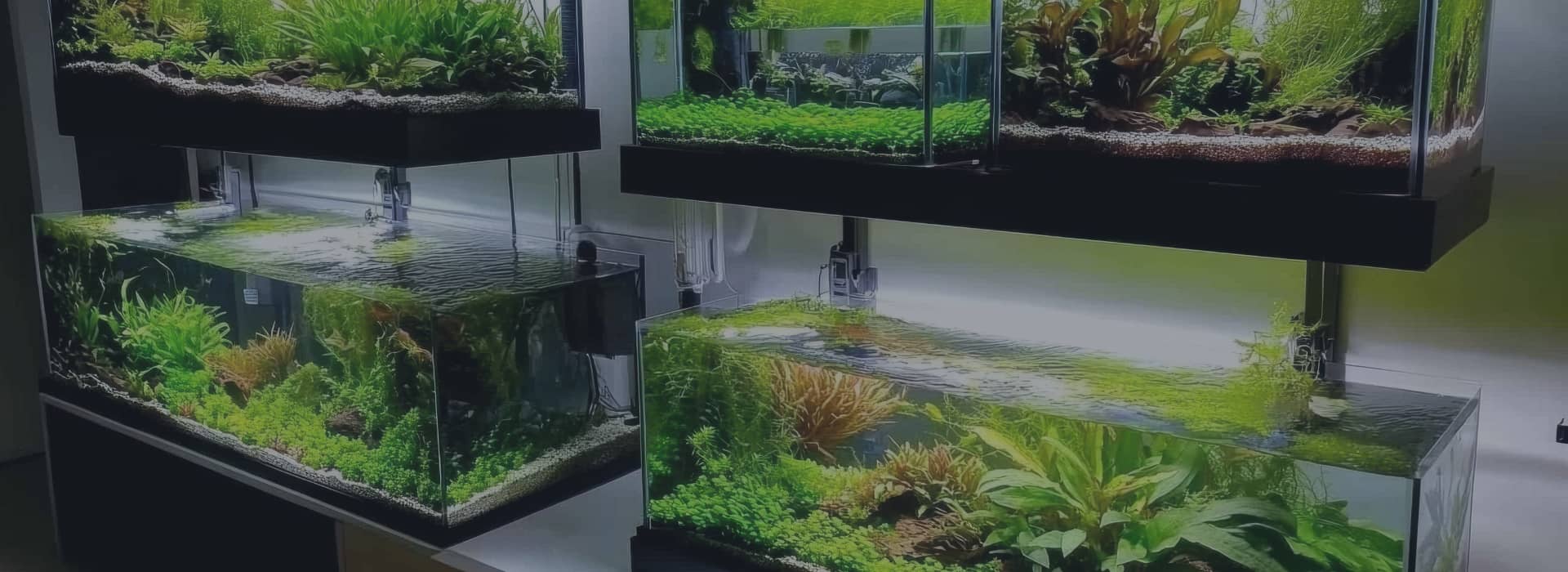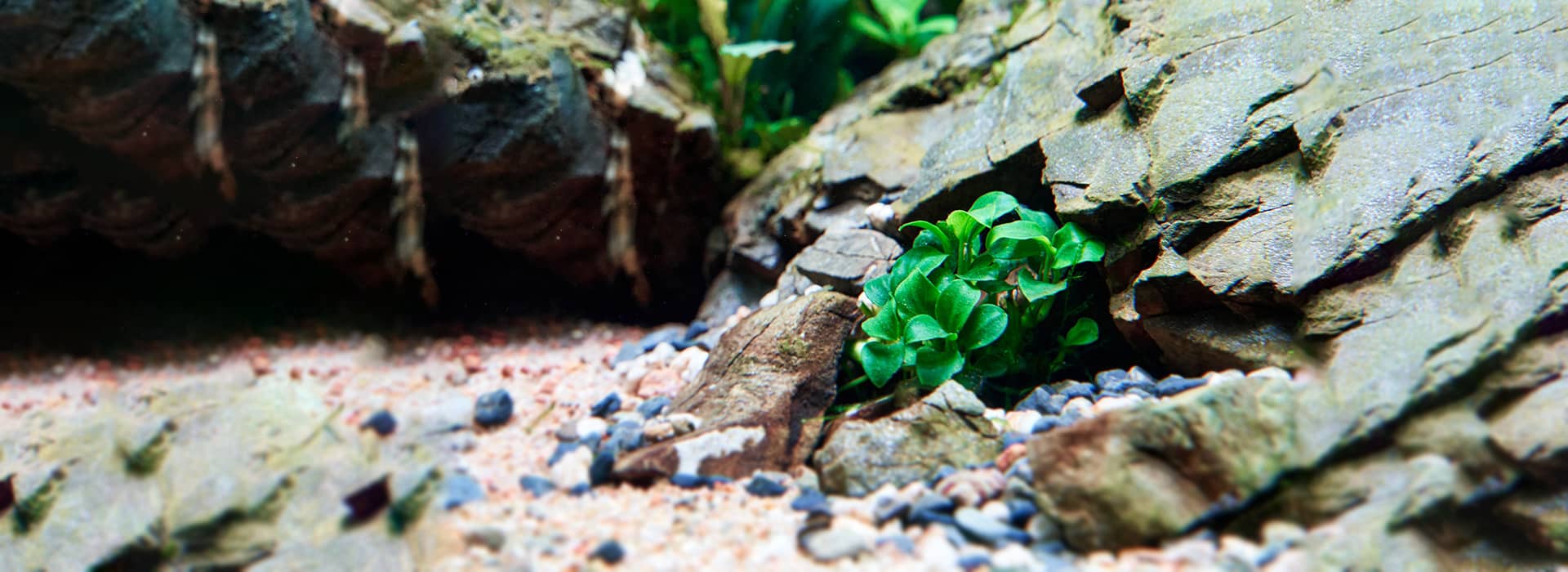Aquarium enthusiasts often pride themselves on maintaining crystal-clear water, so it can be concerning when the water turns yellow or brown. This discolouration can signify various issues within the tank ecosystem, but understanding the causes is the first step to restoring your aquarium’s health and clarity.
Causes of Yellow or Brown Aquarium Water
Tannins Leaching
One of the most common causes of water discolouration is tannins. These organic compounds leach into the water from driftwood or other natural decorations. While tannins are not harmful to fish and can even create a more natural environment resembling the habitats of some species, they can give the water an unsightly yellow or brown colour.
Dissolved organic compounds (DOCs)
These are organic materials that have broken down in the water, such as fish waste, decaying plant matter, or uneaten food. Over time, these compounds can alter the water chemistry, potentially harming the fish and producing unpleasant odours.
Overfeeding
Overfeeding fish can lead to uneaten food decomposing in the tank, which not only pollutes the water but can also cause it to change colour. This excess waste contributes to the growth of bacteria and algae, which can result in a brownish hue.
Algae Growth
Certain types of algae can cause water discolouration. Brown algae, in particular, can bloom in tanks with high nitrates and phosphates, often due to overfeeding or insufficient filtration.
Decaying Plants
If live plants are in the aquarium, their decay can also contribute to yellow or brown water.
How to Fix Yellow or Brown Water in Aquarium Tank
Activated Carbon
Using activated carbon in your filter can help remove tannins and other dissolved organics that cause discolouration. It’s effective and easy to use, making it a popular choice among aquarium keepers.
Water Changes
Regular water changes can help dilute the concentration of discolouring substances and reduce the levels of nitrates and phosphates that contribute to algae growth.
Improve Filtration
Enhancing your filtration system can help to remove particulate matter that causes water to appear brown. Consider upgrading your filter or adding additional filtration media.
Control Feeding
Be mindful of how much food you give your fish. Overfeeding is a common problem that can lead to multiple issues, including water discolouration. Feed small amounts and ensure all food is consumed within a few minutes.
Plant Maintenance
Monitor the health of your aquatic plants and remove any decaying matter promptly to prevent water quality from deteriorating.
Maintain Tank Cleanliness
Regular maintenance, such as vacuuming the substrate and removing any decaying matter, can help prevent the buildup of organic compounds.
Frequently Asked Questions
Can yellow or brown water harm my fish?
While tannins themselves are not harmful, poor water quality associated with discolouration can stress fish. Address the underlying issues of water discolouration.
How often should I change the water in my tank?
This can vary depending on the size of your tank, the number of fish, and other factors, but a general rule is to change 10-20% of the water weekly.
Will boiling driftwood before placing it in the tank prevent tannins from leaching?
Boiling driftwood can help release some of the tannins and reduce the amount that leaches into the tank water, but it may not prevent it entirely.
Is brown algae harmful to fish?
Brown algae itself is not typically harmful to fish, but it can indicate other water quality issues that need to be addressed.
You can often fix the yellow or brown water issue in your aquarium with the tips above. Monitoring your tank’s conditions and adjusting as needed will help ensure a healthy environment for your aquatic pets.
